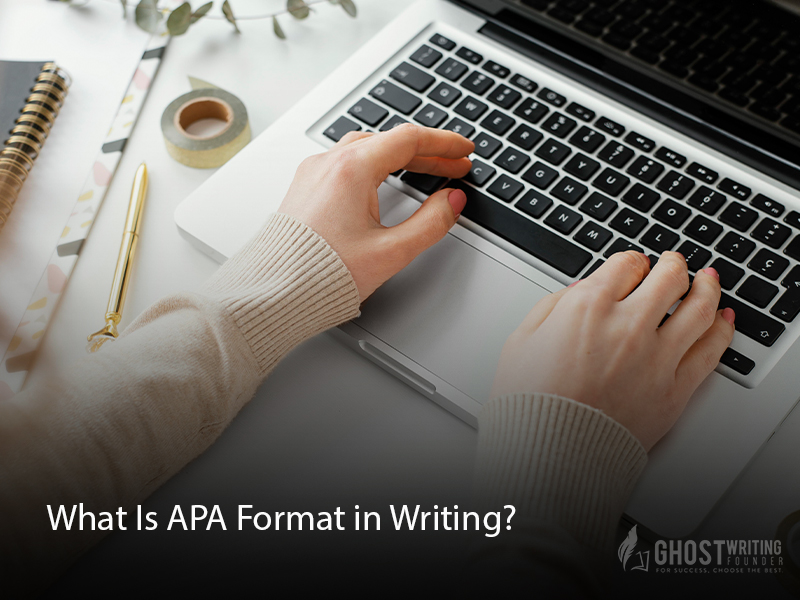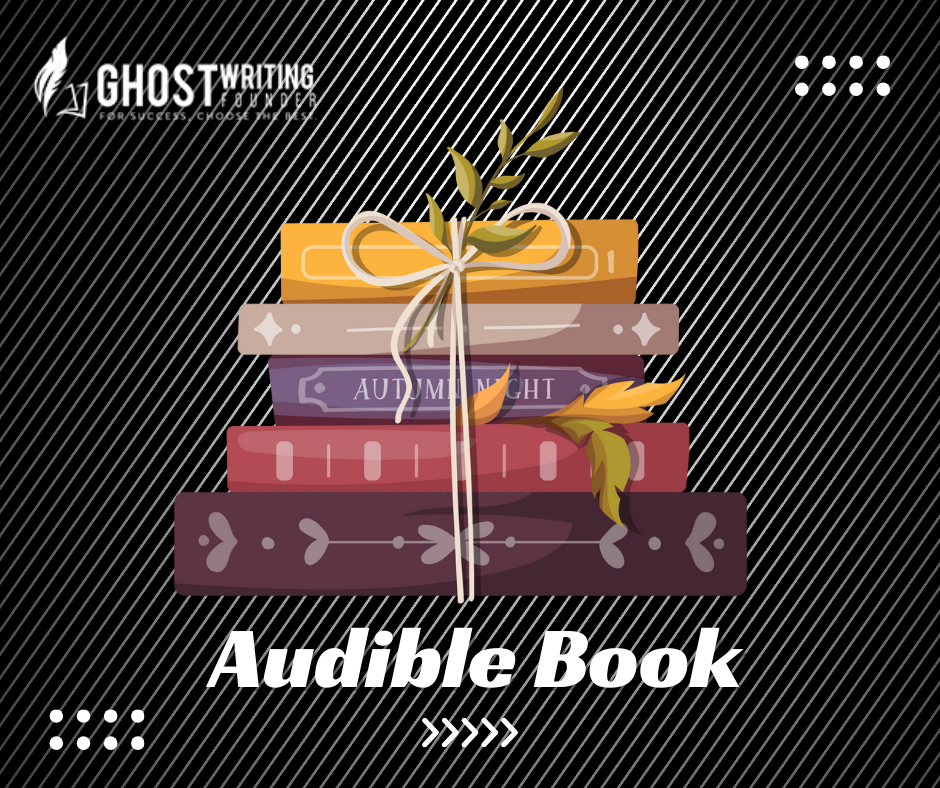
Writing
What is APA?
APA stands for the American Psychological Association. According to its standards, the APA writing format is a style guide to organize research papers and articles, including journals and books.
What is APA Style?
APA style guide or the APA writing format establishes the principles for the academic, journalistic, or other written communication concerning:
- Organization of the content on paper
- APA Writing format and style
- Citing references and in-text citations.
- Preparation of the document for publication purposes in particular disciplines
APA writing format is primarily utilized in the social sciences field of subjects such as:
- Psychology
- Anthropology
- Sociology
- Education
- Linguistics
- Journalism
- Criminology
- Education along with other fields.
Who uses APA writing format?
APA writing format is used by scholars, researchers, articulators, and academics writers. Since this writing format is most applicable in the social sciences fields, academic writers are found using this form of writing. This format has a comprehensive style guide that shows how to cite references in the paper, both in-text and endnote citations.
If you are a student, there are chances that your teacher may ask you to cite your research paper according to the APA writing format. As mentioned earlier, this style guide has certain rules and conventions that need to be followed to make your communicative piece according to the APA writing format.
This blog post shows you how to format your paperwork according to the American Psychological Association. Keep in mind. This style guide can be utilized for academic writing regardless of your writing field. Most of the time, the professor asks you to use this formatting in your assignment, irrespective of your writing purpose. If you are using this format on your own for your College or University level assignment, check with your professor to see if this writing format is applicable.
Here are some of the basic and general guidelines for the APA writing format. The information in this blog post is taken from the American Psychological Association Handbook. We are not the creator of these conventions. We are sharing this APA writing format for information and helping you out.
Why Use APA writing format?
When you are consistent in formatting your paper, you help your readers to continue reading from the text. As it is said, consistency in the order, structure, and writing format let the readers concentrate on the paper’s content rather than its style and presentation. When you format your paper, you build your credibility and give a good first impression to the readers who fancy rules and conventions being followed.
The APA writing format influences the three main elements of your paper.
(a) General format guideline: general format refers to the organization, or say how your paper is structured overall, including the font, page, margins, spacing, titles, and headings.
(b) Reference Source: The second element is the reference section highlighting all the resources you have used in your paper. Each writing style is referenced differently in the reference list. For example, a journal article reference style may differ from the printed book you cite.
(c) Internal citation: refers to the in-text citation. It is the third and important part of the APA writing format that allows your readers to incorporate quotes, data, and statistics of author and scholars.
Why Cite Your References in APA writing format?
Citing your works increases your content’s reliability and validity regardless of the style guide you are following. It could be a Chicago manual, MLA, or APA. As long as your sources are cited, the readers trust and learn from you. Here are some of the benefits of using citation in your research work, journal, or the written piece:
It shows that the information you have included in your paper is reliable and authentic.
- You are not committing a copyrights violation.
- You are giving credit to the original author of the work.
- Your audience can also learn more from the sources you have mentioned if they want to read extensively on the topic you have written about.
- You are able to put forward a strong case of argument when you cite thought leaders and well-versed researchers.
- It assists you in creating your work 100% plagiarism-free.
What is covered in APA writing format?
- General Guideline for the page
- In-text citations
- Reference page
The APA writing format Guideline
Guideline Related to Organization of the content on paper.
You need to follow the general guideline (APA writing format) consistently throughout the document regardless of the number of pages. These general guidelines are related to:
- Margins
- Spacing
- Indent
- Page number
- Running Head
- Page Title
- Abstract
- Font style and size
- Sections, Heads, and Subheads
Margins:
Set 1-inch margin line on all sides of the page. In the Word document file, you can easily find the margin tab in the Page Layout by pressing the tab on the upper top corner.
Spacing:
Set double space (2.0) in all text, including in the heads and subheadings. You can apply the double-spacing by clicking on the Home tab on the Word file.
Indent:
Set the first line of every paragraph with the indentation of 0.5 inches.
Font and Size:
Set the accessible font style such as Times New Roman, Georgia, or Arial with the font size 11 Pt.,
Page Number:
Include a page number on the top right corner of every page. Ensure that numbers appear on every page, such as the title page, abstract, table of the content page, footnotes, reference list pages, and the appendices section.
Running Header:
The page header appears on the top margin of every page of the document. For students, it is not necessary to include a page header. However, if you are writing professionally or as a University thesis, you must include the page header and the page number. Page header can be found on the insert tab near the page number option on the tab.
Heads and Subhead:
In APA writing format, there are five possible types of heading levels.
H1 is used for the primary heading that highlights the section parts.
H2 to H5 are used for the subheadings. However, each of these levels of subheadings is utilized for different purposes. Hence, they are formatted differently.
Title Page:
There are two types of title page. Your purpose of writing and your audience will define which type of title page you need to make: The Student Title Page and the Professional Title Page.
Student Title Page: This title includes the number of pages, author’s name, name of the institution via which the student is affiliated, the course name or the number, instructor name, and the assignment due date on which it is to be submitted. For better understanding, see this example:
Professional Title Page: The professional title page of your document should include the title of the paper, the byline (author’s name), author affiliation(s), author note, running head, and page number, as shown in the following example.
The Abstract Page:
An abstract in the APA writing format is a 150-200 words summary that provides your paper’s essence. An abstract is a place right after the title page. The heading used is written “Abstract” in bold and centered. Simultaneously, the content appears under the heading in the font 11 pt., with double spacing, just like the other paragraphs. However, the first line is not indented. It is written in a seamless paragraph without any line or breaks in between. After a single space, you also have to list three to five keywords relevant to your papers at the lower end of the abstract. Write the label “Keywords:” (italicized and indented), whereas the actual keywords will be followed in lowercase letters, separated by commas. See the relevant example:
In-text Citation:
The text-citation in the document or the communicative piece includes the author’s name, date of publication. However, in the case of a book and organization, you can refer to their byline or the title page, which could lead the readers to the reference list section at the end of the research paper page. Besides that, always remember to capitalize the proper noun, including the author’s name and their initials: R. Smith.
If you are referring to the source’s title, then capitalize all the initial letters of the word: Media and Writing. The only exception is the short letter word of nouns, pronouns, adjectives, and adverbs. Such as, Writing New Media: There Is Whole New World to Explore. The other example of in-text citations are:
For example:
Author in-text citation with the year of publication:
(Smith, 2021).
Author in-text citation with no year of publication:
(Smith, n.d. )
In case of direct quotation to the page
(Smith, 2021, p.5 ).
Citation with Multiple Authors:
One author: (Smith, 2021)
Two authors: (Smith & Doe, 2020)
Three or more authors: (Smith et al., 2020)
Reference List:
The reference list is always placed at the end of the paper. It provides essential information to the readers to locate and retrieve the sources you have cited in the body paragraphs. Every source you mentioned in the paper must be listed in the reference list. Your reference list should also appear on a new page with the Top heading of “References” in bold and centered text.
Like in the body paragraph, your reference list should also be double-spaced, and a hanging style should be used to mention your reference list. For example:
Essential Elements and Detailed Insights
| Feature | Description | Significance in Academic Writing |
|---|---|---|
| Purpose of APA Format | Style guide for research papers in social sciences, focusing on organization and citations. | Ensures consistent and professional presentation of academic work. |
| Primary Users | Scholars, researchers, students in fields like psychology, sociology, education. | Facilitates standardized communication across social science disciplines. |
| Key Components | Includes guidelines for margins, spacing, font, headings, title page, abstract. | Provides a structured framework for presenting research and ideas. |
| Citation Style | Emphasizes in-text citations and reference lists for source attribution. | Promotes ethical writing by acknowledging original authors and works. |
| Formatting Essentials | Specifies requirements for page layout, indentations, running headers. | Enhances readability and accessibility of academic papers. |
| Abstract and Keywords | Encourages concise summaries and relevant keywords for research papers. | Aids in quick understanding and effective indexing of scholarly work. |
| Flexibility Across Fields | While primarily used in social sciences, adaptable to various academic areas. | Demonstrates versatility and wide acceptance in academic writing. |
References
Smith, R., Rossy, M. J., & Doe, J. (2021). Making up a reference guide for the readers to cite their sources. XYZ Journal of Internet source, 23(4), 245-259.
John, D . (2021). Referencing strategies for improving your writing skills in APA format. The University of Internet Age, Nowhere.









Leave a Reply